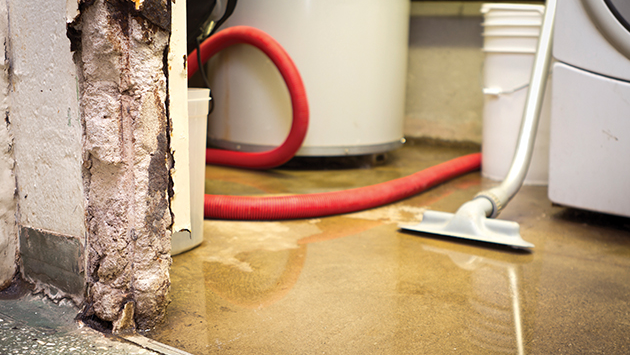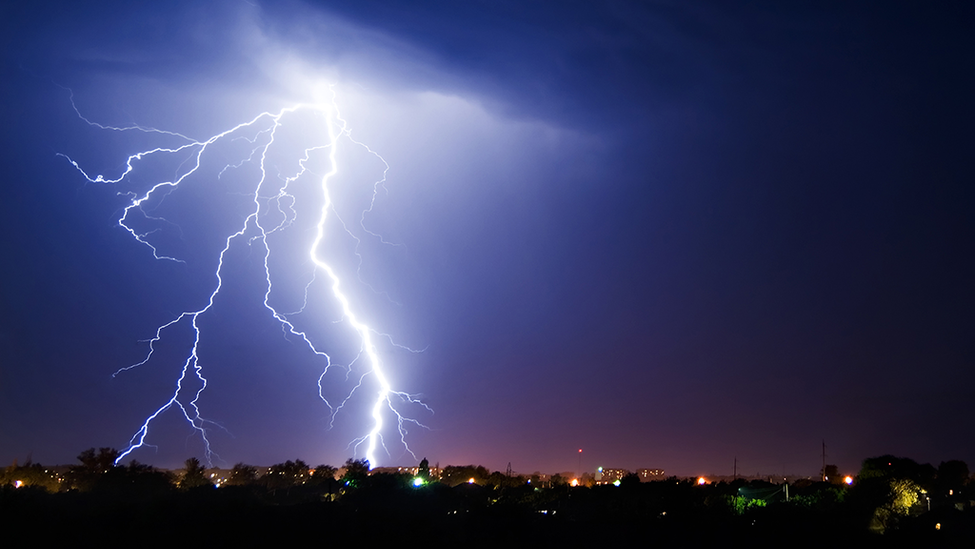Types of Fire Extinguishers

Portable fire extinguishers can save lives and property when a small, contained fire breaks out in your home or business. But different types of fire extinguishers fight different types of fire – and using the wrong one may make the fire worse. Would you know which to use? The following information can help you be better prepared in case of a fire.
Use the right fire extinguisher for the fire
There are five classes of fire that could break out, each involving a different material. Determine what type of fire extinguisher you own ahead of time by looking for the symbol on the label and matching it to one of the descriptions below. Many homes and businesses use multipurpose fire extinguishers that are good for three classes of fires – A, B and C. If you already own a fire extinguisher, check the label to see what class of fire it is good for. Be on the lookout for these standard symbols. If you see a red slash through a picture, it means that the extinguisher should not be used on that class of fire.1

A: ORDINARY COMBUSTIBLES
Fire extinguishers marked with the "A" symbol should be used to contain fires started by ordinary combustibles, including paper, wood, cloth, trash, rubber and plastics.
B: FLAMMABLE LIQUIDS
Look for the marked "B" on the extinguisher if a fire was started by a flammable liquid - oil, grease, gasoline, paint, solvents and tar.
C: ELECTRICAL EQUIPMENT
Extinguishers with a "C" are for fires involving electrical equipment including wiring, fuse boxes, circuit breakers, machinery and appliances that have electricity running through them. It is important to use this extinguisher because its contents do not conduct electricity, while the others do.
D: COMBUSTIBLE METALS
"D" fire extinguishers contain a special dry powder used to put out fires started by combustible metals like magnesium, titanium, zirconium, sodium, lithium and potassium.
K: COMBUSTIBLE COOKING
Extinguishers with a "K" symbol are intended for "combustible cooking" fires - industrial kitchen fires involving large amounts of heated grease.
Fight or flee
Once you know what type of fire extinguisher to use, you will need to understand when to use it. You may only have moments to use it properly since small fires can grow into large ones in a matter of seconds. If you are not sure whether it is safe to fight the fire, you should leave the scene, call 911 and let the fire department control it.
*Fire extinguishers should be used by trained adults.
Source
1Canadian Centre for Occupational Health and Safety Safety Hazards


